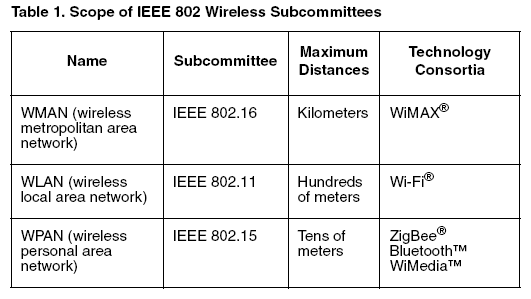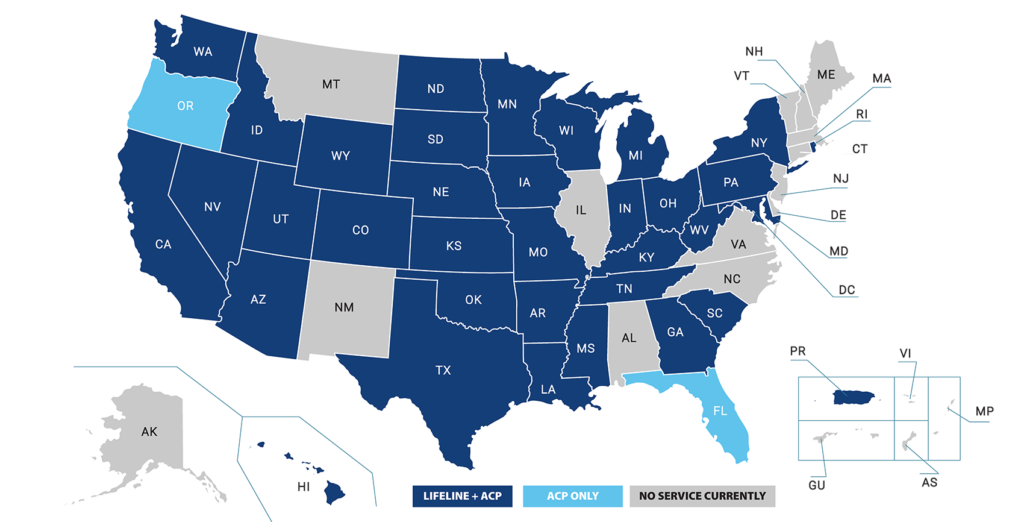The Institute of Electrical and Electronics Engineers (IEEE) is an international organization that sets technical standards for various industries. One of the subcommittees of the IEEE is responsible for setting the standards for wireless local area networks (WLANs). This subcommittee is known as the IEEE 802.11 Working Group.
The IEEE 802.11 Working Group has been instrumental in developing and refining the standards for WLANs since the early 1990s. Their work has enabled wireless connectivity to become an essential part of our daily lives, whether we are using our smartphones, laptops, or smart home devices. In this article, we will dive deeper into the role of the IEEE 802.11 Working Group and their impact on the wireless networking industry.
The IEEE 802.11 working group sets the standards for wireless LAN networks. This group is part of the IEEE 802 committee, which is responsible for local area network standards. The group was formed in 1990 and is tasked with creating and maintaining the 802.11 series of standards which define the physical and data link layers of wireless networks. The standards are updated regularly to keep up with the changing needs of the wireless industry.

Which IEEE Subcommittee Sets the Standards for Wireless LAN Networks?
Wireless LAN networks (WLANs) have revolutionized how people use the Internet. They provide secure, reliable connections to the Internet, and also allow multiple users to access the same network simultaneously. The IEEE is the organization responsible for setting the standards for WLANs. The IEEE Subcommittee on Wireless LANs (IEEE 802.11) is the group that sets the standards for WLANs.
What is IEEE 802.11?
IEEE 802.11 is a set of standards created by the IEEE that is used to define the protocols and technologies used to create WLANs. This set of standards was first published in 1997, and has been continuously updated since then. The standards define everything from the types of devices that can connect to the network, to the security protocols used to protect the data.
The IEEE 802.11 standards are divided into several categories. The most commonly used categories are 802.11a, 802.11b, 802.11g, and 802.11n. Each of these categories defines different speeds, frequencies, and security protocols. As new technologies are developed, new standards are created to accommodate them.
How Does IEEE 802.11 Set the Standards for Wireless LANs?
IEEE 802.11 sets the standards for WLANs by defining the protocols and technologies used to create WLANs. The standards define the security protocols that must be used, the frequencies and speeds of transmission, and the types of devices that can connect to the network. The standards also define the protocols that are used to ensure that data is transmitted securely and reliably.
The standards also define the way that WLANs are managed. This includes how the network is configured and administered, how devices are authenticated, and how the network is monitored. The standards also define how devices communicate with each other over the network. This includes the protocols for sending and receiving data, as well as for conducting network management tasks.
In addition to defining the protocols and technologies used to create WLANs, the IEEE 802.11 standards also define the way that WLANs are tested. This includes testing for performance, reliability, and security. The standards are regularly reviewed and updated to ensure that they remain up-to-date with the latest technologies.
Conclusion
The IEEE Subcommittee on Wireless LANs (IEEE 802.11) is responsible for setting the standards for WLANs. The standards define the protocols and technologies used to create WLANs, as well as the way that they are managed and tested. The standards are regularly reviewed and updated to ensure that they remain up-to-date with the latest technologies.
Frequently Asked Questions
The Institute of Electrical and Electronics Engineers (IEEE) is a professional association that sets standards for wireless local area networks (WLANs). This article answers some commonly asked questions about IEEE’s role in setting standards for WLANs.
What is the IEEE Subcommittee that sets the standards for wireless LAN networks?
The IEEE subcommittee responsible for setting the standards for wireless LAN networks is the IEEE 802.11 Working Group. This working group is responsible for developing and maintaining the IEEE 802.11 standards, which are the most widely used standards for WLANs. The 802.11 standards define the physical and media access control (MAC) layers of the WLAN networks. The standards are constantly being updated to meet the evolving needs of wireless LANs.
What is the purpose of the IEEE 802.11 Working Group?
The IEEE 802.11 Working Group is responsible for developing and maintaining the IEEE 802.11 standards for WLANs. The group’s primary goal is to create standards that can be implemented by all WLAN vendors and that are interoperable across different networks. The group works to ensure that WLANs are secure and reliable, and that they meet the needs of users. The group also works to develop new technologies and features for WLANs.
What is the latest version of the IEEE 802.11 standards?
The latest version of the IEEE 802.11 standards is the IEEE 802.11ac standard. This standard was released in 2014 and is the most recent version of the IEEE 802.11 standards. The 802.11ac standard is designed to provide higher data rates, greater range, and improved reliability compared to previous versions of the standard. It also supports multiple user-device connections and provides improved security.
What are some of the key features of the IEEE 802.11ac standard?
The IEEE 802.11ac standard is designed to provide higher data rates, greater range, and improved reliability compared to previous versions of the standard. It also supports multiple user-device connections and provides improved security. Key features of the 802.11ac standard include the use of Multiple Input Multiple Output (MIMO) technology, which allows multiple data streams to be transmitted simultaneously, and the use of beamforming, which allows the signal to be focused in a certain direction.
What are the benefits of using the IEEE 802.11ac standard for wireless LANs?
The IEEE 802.11ac standard provides significant benefits for wireless LANs. It has higher data rates, greater range, improved reliability, and improved security. It also supports multiple user-device connections, which can be beneficial in environments with many connected devices. Additionally, the 802.11ac standard is designed to be backward compatible with older versions of the IEEE 802.11 standards, which makes it easier to upgrade existing networks to the latest version.
The Evolution of IEEE 802 11 standards – BAG NAC
In conclusion, the IEEE Standards Association is a vital organization that sets the standards for various technologies, including wireless LAN networks. The subcommittee responsible for this task is the IEEE 802.11 Working Group, which has been instrumental in developing and maintaining the standards for Wi-Fi networks. The 802.11 Working Group has evolved over the years, adapting to the changing needs of the industry and ensuring that wireless LAN networks are interoperable, secure, and efficient.
As the demand for wireless connectivity continues to grow, the IEEE 802.11 Working Group’s contributions cannot be overstated. Their work ensures that wireless LAN networks are reliable and meet the needs of users around the world. Whether it is through the development of new standards or the refinement of existing ones, the IEEE 802.11 Working Group remains committed to advancing the field of wireless networking and ensuring that it continues to meet the needs of users for years to come.



